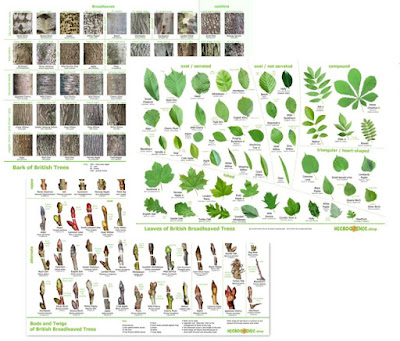Dog Rose Dance - it's Shrubstep!
AKA Rose Hip Hop I got the melody by placing staves on the photo, so hips become notes. ALL the sounds were produced by the rose (with my help) - samples of dropping hips, hitting & sloshing branches, striking a guitar etc - changed pitch of samples, put samples through effects etc. Here's what they didn't say about Shrubstep "It's the freshest new genre around ..based on small trees and/or shrubs" The Sunday Times of Flnnnrff "This music will tear a big hole in the fabric" Bricking for Pleasure & Profit "Who'd have thunk it, etc" The Thinking Mans's Crumpet's Friend "naa mate!!" Hansard

